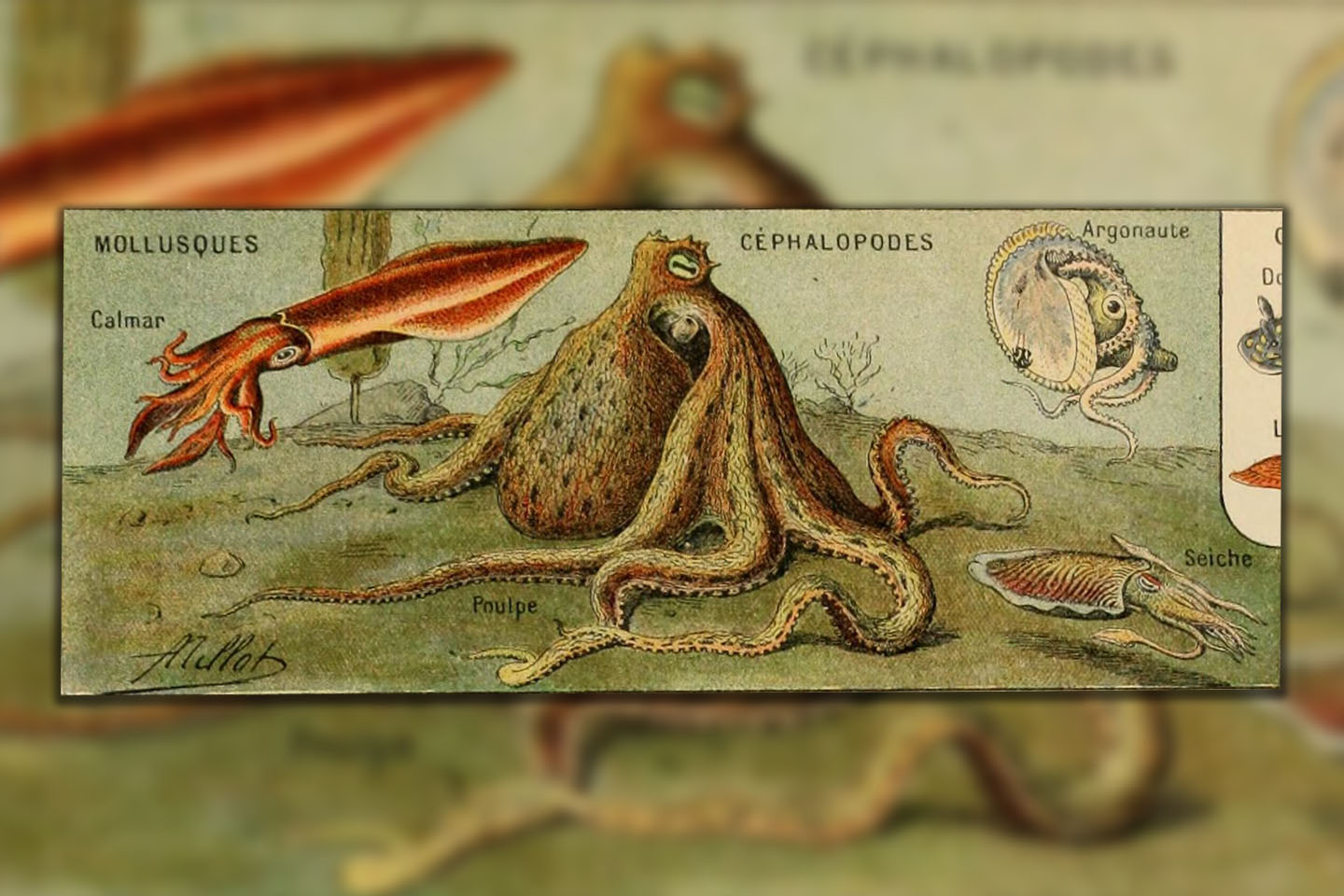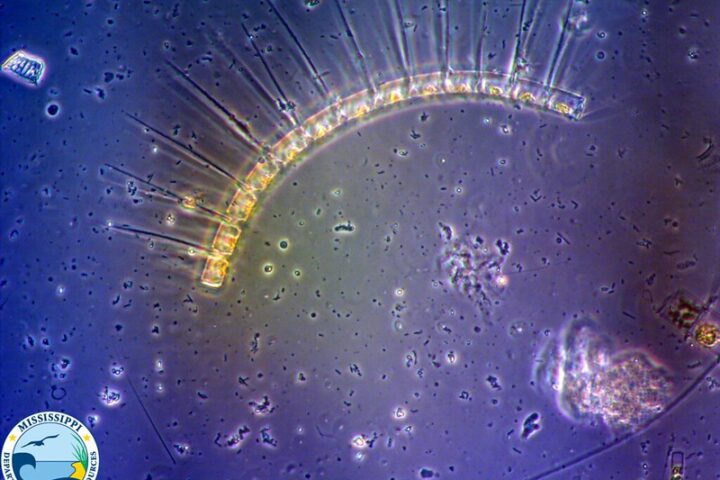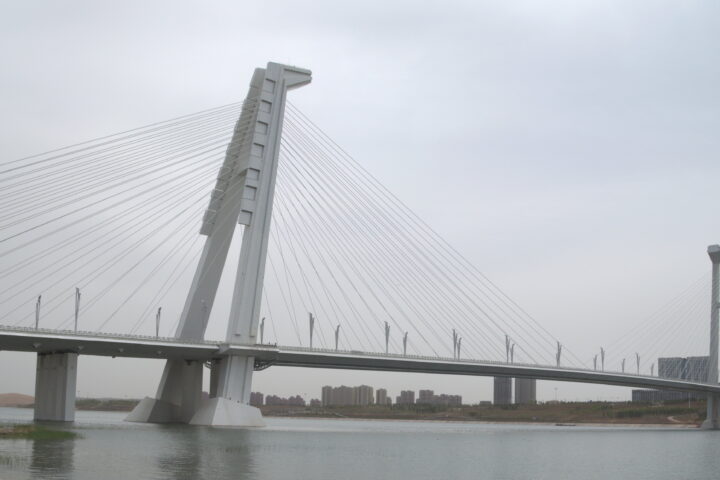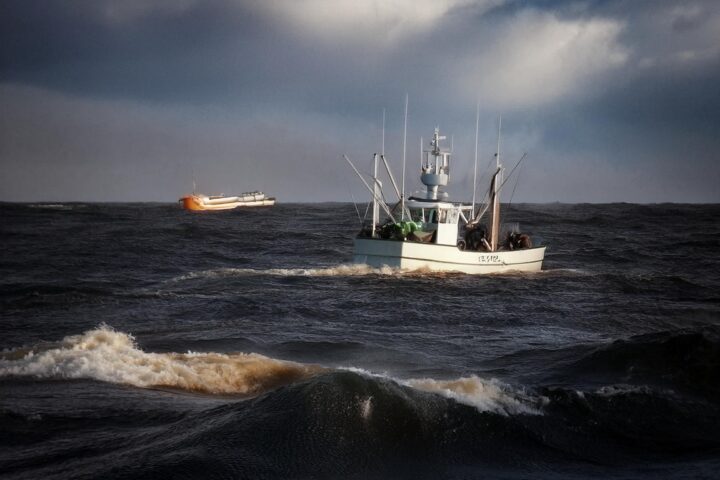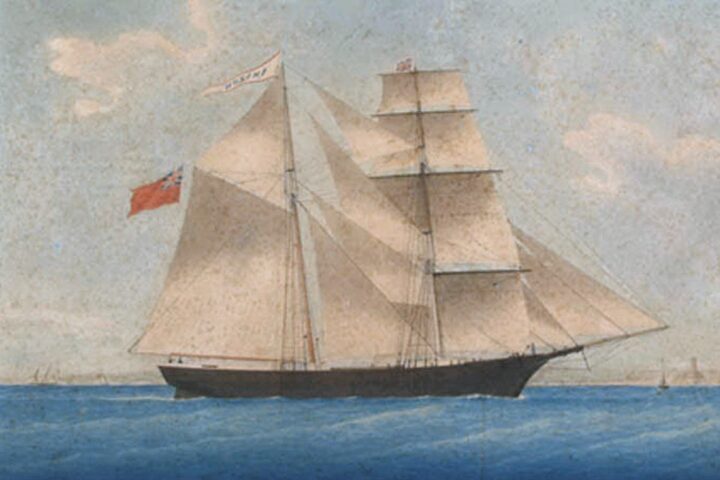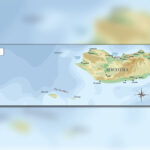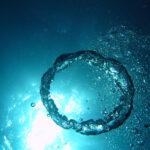Source: Wikimedia_Adolphe_Millot_mollusques-pour_tous_cephalopodes
Oceans that circled the planet have always been portrayed from sunlit surfaces to dark, mysterious depths as an enormous abundance of life, but a stark contrast has just been revealed: an underwater desert where the life that we know can’t survive.
The Cephalopod Abyss, a haunting expanse in the center of the Pacific Ocean, is marked by a nearly complete lifelessness. One of the most desolate parts of the ocean, far from coral reefs and fish populations, offers a new test for our knowledge of life in the ocean.
The ocean, supporting life ranging from the microscopic plankton at the base of the marine food chain to the gigantic whales roaming over its huge expanse, has long fascinated scientists by its ability to maintain an incredible diversity. The discovery of the Cephalopod Abyss, however, has compelled researchers to face the prospect of whole regions within our oceans being devoid of life.
An Inhospitable Environment
The extreme environment is what characterizes the Cephalopod Abyss from the rest of the ocean. The oxygen and nutrient concentrations in the water column above this area are known to have extremely low values, which, in a sense, are two of the three basic elements that determine survivability in almost all forms of marine life. This creates a tough habitat for even the ablest and most hardy creatures on Earth.
Of these, the critical explanation for the lifelessness of Cephalopod Abyss comes from the lack of oxygen. Most oxygen-breathing sea animals depend on oxygen, and its low levels in this region mean that life cannot be sustained. Besides this, low nutrients inhibit the development of phytoplankton, which forms the base of the marine food chain.
Challenging Our Perceptions
The deep-sea discovery of the Cephalopod Abyss itself challenges this preconception of uniform ocean ecology by bounty in all measured conditions. For all the notoriety coral reefs and upwelling zones get, the Cephalopod Abyss makes the seas as a whole a far more complex and diverse place.
The Cephalopod Abyss raises questions beyond the very limits of life on Earth. If such extreme conditions can be found in our oceans, what does that have to say for the hypothesis on the possibility of life in other more far-flung environments such as Europa or Enceladus?
Despite the odds, more and more scientists are interested in having further studies on the Cephalopod Abyss. They are aiming to understand more about what encourages the distribution patterns in marine life from this particulate environment. Additionally, this area of study will shed more light on how ocean ecologies respond to climate change and a host of other stressors of anthropogenic origin.
The Cephalopod Abyss, in its real sense, is a desolate, unsympathetic place. However, it is a crucial part of the Earth’s complicated marine system. Deciphering the mysteries hidden within this underwater desert will contribute to the overall knowledge of the ocean and how it benefits life in our world.
Life on the Brink: Adapting to the Cephalopod Abyss

Source: Wikipedia_Cephalopoda_diversity_cephalopod-abyss-oceans-hidden-desert
The Cephalopod Abyss is a crucible of evolution, in which life lives literally on the brink of extinction. Notwithstanding this, it does not become devoid of inhabitants. Only a few extraordinary creatures evolved adaptations that help them scrape out a subsistence life from such an inhospitable realm. Such organisms often turn out to be bizarre and other-worldly looking, being an example of the peak of adaptation to extreme conditions.
An example is the giant siphonophore, a colony organism composed of hundreds of thousands of interconnected zooids. These jelly-like animals are able to produce a remarkable display of light through bioluminescence in the absolutely dark depths. The reason for such bioluminescence is still a matter of speculation, but it is thought to act like a lure to attract prey or as a defense mechanism to deter predators.
Another mysterious denizen of the Cephalopod Abyss is the dumbo octopus, earning this title from large, ear-like fins. Unlike their shallow-water cousins, this particular species of deep-sea octopus has no ink sacs, the common protective mechanism against predators shared by most members of the octopus family. These deep-sea octopuses rely on camouflage and jet propulsion to thwart the advances of predators. Their resistance to the extreme pressures of the deep sea is an incredibly powerful example of natural selection at work.
Though the creatures are shown to have adapted to the harsh conditions of the Cephalopod Abyss, the populations are surely sensitive and low. Thus, even the slightest change in their ecosystem would have devastating results. Deep-sea mining and fishing are among the many human activities that pose a clear danger to these populations of very sensitive life.
The presence of the Cephalopod Abyss requires a drastic rethink of our concept of the living capacity of the ocean. Vast stretches of an absence of life are a reversal of the general narrative of a teeming, biologically rich ocean. This is an important heterogeneity of the ocean, never yet appreciated, with big parts perhaps sparsely or not at all habitable.
On top of that, the Cephalopod Abyss serves as a grim reminder of how finely tuned marine ecosystems are. It is the intimate interaction of physical, chemical, and biological factors that generates the very characteristic habitats that are conducive to an enormous number of forms undergoing their life’s activities. Such a balance may assume drastic changes under human-induced stressors due to overfishing, pollution, and climate change that are bound to affect marine biodiversity.
These findings also have great implications for our ongoing search for life beyond Earth. If life can survive under those harsh conditions on Earth, then this easily explains how possible extraterrestrial life could exist on one of Neptune’s barren moons or even deep underwater. The designs evolved in the Cephalopod Abyss would hence illuminate what lifeforms we could find across the cosmos.
Conserving the Unexplored World
The Cephalopod Abyss and its many fragile creatures call for a multi faceted global approach to their conservation. International support is sure to act as a cradle to the marine protected areas as another saving grace to these extremely fragile ecosystems. More research must be carried out to establish the in-depth ecological position of the Cephalopod Abyss in the open seas.
It is also important to address the root causes of climate change in order to safeguard the biodiversity of the ocean. Today, marine ecosystems all over the world are already showing the impacts from increasing sea temperatures, acidification from CO2 absorption, and changed circulation patterns. Mitigation of such impacts requires worldwide actions to lower greenhouse gas emissions and move to a sustainable future.
The Cephalopod Abyss is stark, haunting testimony to the ocean’s capacity for both abundance and desolation, where life continues on the brink: a monument to the power of adaptation and the frailty of existence. Ongoing exploration and the study of oceans on our planet must, therefore, be done with extreme care in order not to destroy more of them but, rather, to be preserved for future generations.
Sources:

